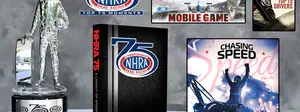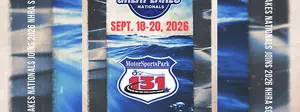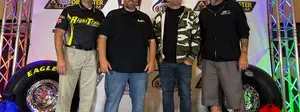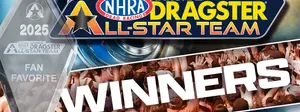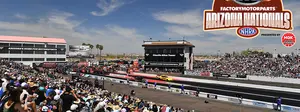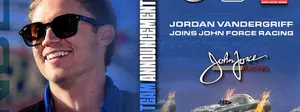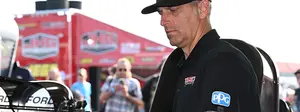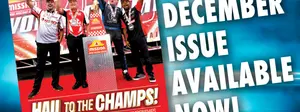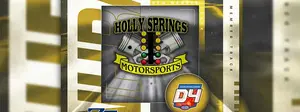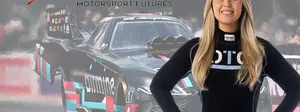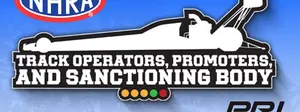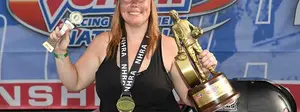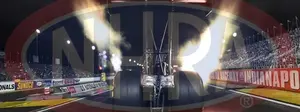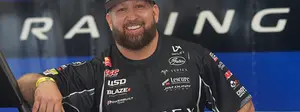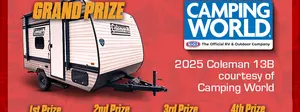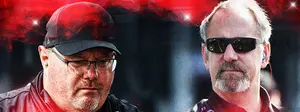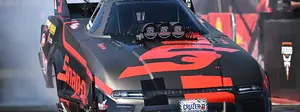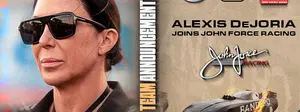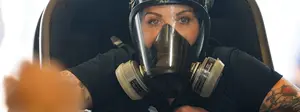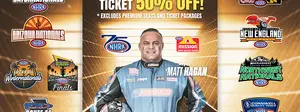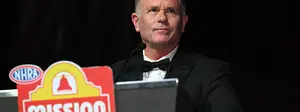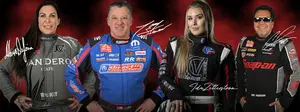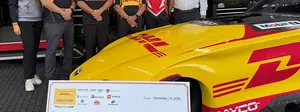

NHRA launches electric race car initiative; bringing automakers, racers, and aftermarket together
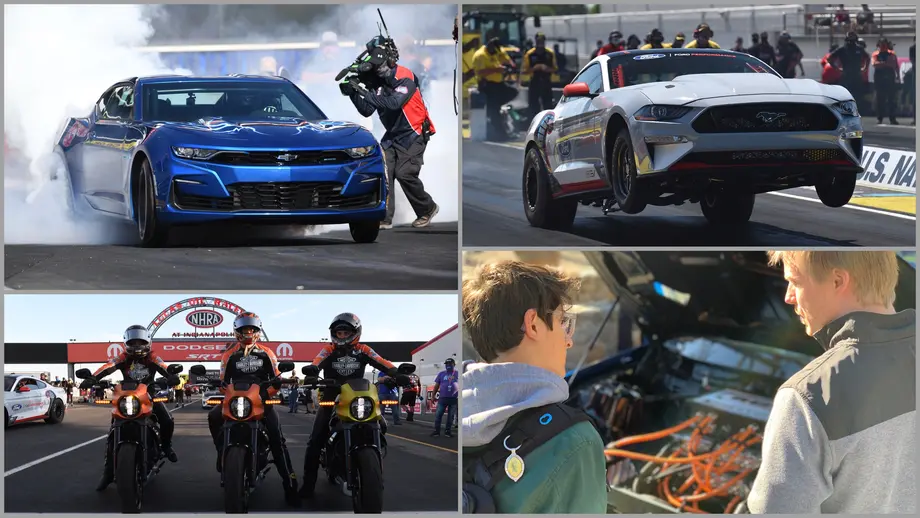
Wally Parks recognized the importance of connecting automakers and drag racers to allow them both a place to develop their performance. That vision helped to create the first muscle cars and launch generations of racers. That vision also gave manufacturers a stage to demonstrate their capabilities in front of a global audience. No matter which make or model ended up in the winner’s circle, the car world won through its partnership with Parks and the NHRA.
“The NHRA is in a unique position to design programs around audience interests and industry goals.” —Brad Gerber, NHRA V.P. of Sales and Chief Development Officer
Seventy years after its inception, the NHRA continues to share its technical and promotional expertise to make every dragstrip pass more successful. With every change in the automotive industry comes an opportunity in the drag racing industry to apply Parks’ philosophy of speed and safety. This means with the rise in performance of new electric vehicles comes the need for the NHRA to give them a safe place to race, and a platform for their builders and racers to evolve and demonstrate their accomplishments.
The past three years have seen the debut of the Chevrolet eCOPO, a match-race between a supercharged Ford Cobra Jet Mustang and the all-electric Cobra Jet 1400, all-electric Harley-Davidson motorcycles in the hands of Vance&Hines, and a 200-mph pass by an all-electric dragster.
NHRA’s leadership launched an electric vehicle (EV) initiative to understand and promote the potential of these new vehicles and powertrains. At the 2021 NHRA Gatornationals in Gainesville, Fla., a core group of this team presented the opportunities for EV racing through NHRA competition, marketing, technical, safety, television, and live events by hosting a panel discussion.
The interest in attending this preliminary gathering on EV drag racing was overwhelming. Representatives from Dodge, Ford, GM, and Toyota were in attendance. There were also EV racing teams, EV racing supporters, safety equipment suppliers, automotive aftermarket manufacturers, and enthusiast car builders.
“I know we really want to build this program, I know that we have a lot to offer. I know that the interest level is there.” —Ned Walliser, NHRA V.P. of Competition
The meeting was held outside in a socially distanced manner at the top end of the historic Gainesville Raceway racetrack. The meeting was exploratory and intended to gauge the interest in NHRA developing EV racing opportunities. It was also an opportunity for NHRA to discuss topics it is researching and allowed NHRA to call on its partners and the larger automotive industry to develop synergies that would benefit all.
“It's really important for OEMs to share goals. Technology is going to change every day, and the battery technology is going to keep ramping up.”—engineer in attendance from global automaker with knowledge of EV racing
Led by Ned Walliser, NHRA vice president-competition, the meeting began with him asking the OEM and safety partners in attendance about their interest in using the NHRA as a platform to develop and showcase their products.
“NHRA is seeking to understand at what level our partners are looking to move forward together with EVs,” said Walliser. “Is it more OEM cars through a member-track level, or is it more of a purpose-built category that would allow automakers to develop and demonstrate their factory-based efforts?”

“The demographics that are interested in EV racing represent a huge opportunity from a TV perspective. It opens up new opportunities for us, and would really benefit from NHRA's liner and digital resources.” —Steve Reintjes, NHRA V.P. of Broadcasting
NHRA made it clear that any EV racing it could conceive of would be in addition to existing racing categories. Electric vehicles would not replace any class or type of car. Areas of discussion included: the significant number of production EV cars now racing at the NHRA member track level, safety, EV components, software, areas of innovation, cost, and EV interest from the 13-34-year-old demographic. Based on the enthusiasm of the people present, a follow-up meeting will be scheduled.

“Drag racing is a combination of many things — hobby, recreation, big business, science, challenge and crusade.”—Wally Parks, founder of the NHRA























